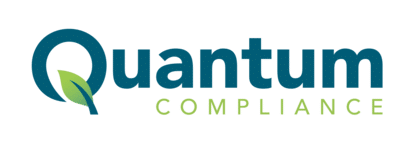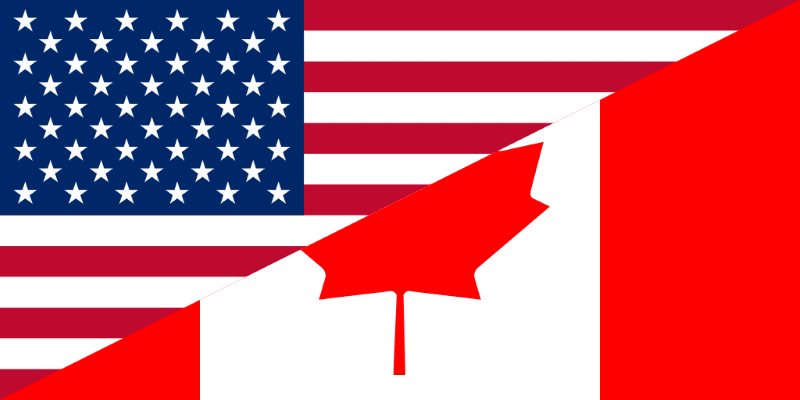 Many of our clients export products globally, which is why the WHMIS 2015 announcement is so relevant. Both Health Canada and OSHA share a commitment to protecting workplace health and safety. However, there are some variations in their interpretation of the Globally Harmonized System (GHS), and how it should be applied to SDS’s and labels. I’ve compiled a few of those variations and highlighted them below:
Many of our clients export products globally, which is why the WHMIS 2015 announcement is so relevant. Both Health Canada and OSHA share a commitment to protecting workplace health and safety. However, there are some variations in their interpretation of the Globally Harmonized System (GHS), and how it should be applied to SDS’s and labels. I’ve compiled a few of those variations and highlighted them below:
1. Who enforces regulations?
Health and safety legislation in the United States is regulated by the federal Occupational Health and Safety Administration (OSHA). Similar legislation in Canada is enforced by the provincial or territorial government departments or agencies responsible for health and safety, or through the Labour Program for federally regulated workplaces.
Regardless of where your product was manufactured, it must comply with the regulations established by the country of destination. The global shift towards GHS is gradual, but the hope is that eventually SDS’s and labels will be universal.
2. What are the different versions of GHS?
The GHS regulations are detailed in the “purple book,” which is released in different versions on a biannual basis. OSHA’s HazCom references version 3, while Health Canada’s WHMIS pertains to version 5. The fundamental principles of the “purple book” are the same, and therefore there are only subtle differences between the adaptations of version 3 and version 5.
3. Are there variations in classification categories?
There are 28 classification categories in both GHS version 3 and version 5. The
differences will be in how the classifications are done within the 28 categories, and slight phrasing differences on the precautionary phrases.
4. What are the differences between labeling?
The differences between the US and Canada’s rules are subtle, and the majority of the labeling requirements are the same. However, in Canada, all labels must be in both English and French. This can be one label in both languages, or two separate labels, one in each language.
5. What are the common principles between OSHA and Health Canada?
– The level of protection offered to workers by the existing systems should not be reduced overall as a result of harmonizing the classification and labelling systems
– The hazard classification process refers only to the hazards arising from the intrinsic properties of chemical substances and mixtures thereof
– Harmonization means establishing a common and coherent basis for chemical hazard classification and communication
– The scope of harmonization includes both hazard classification criteria and hazard communication tools, e.g. labelling and chemical safety data sheets
– The involvement of stakeholders in the process of harmonization should be ensured
– Under the framework of the respective regulatory processes, the timing of the coming into force of any regulatory updates related to the implementation of the GHS and any future updates, should be aligned to the greatest extent practicable.
Please visit OSHA’s website: https://www.osha.gov/index.html and Health Canada’s website: http://www.hc-sc.gc.ca/index-eng.php for additional information.







